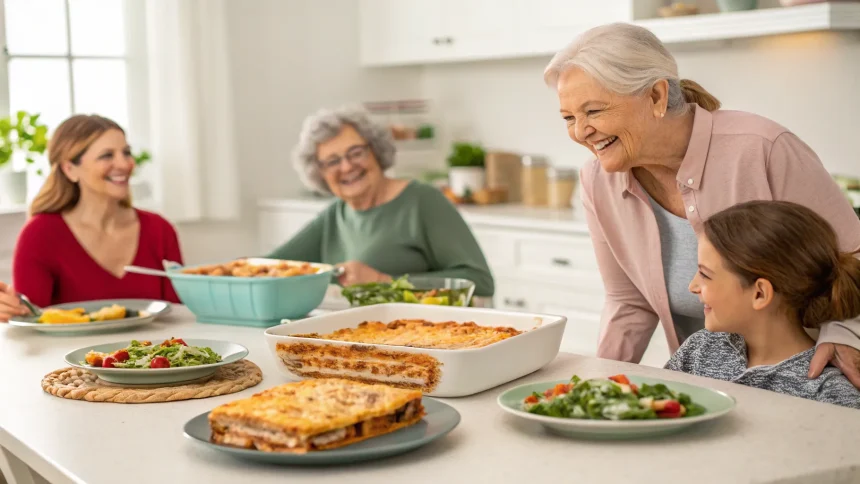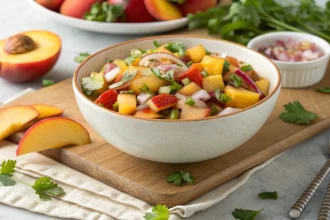Family recipes passed down through generations are finding new life as freezer-friendly meals that combine nostalgia with modern convenience. Grandmothers across the country are giving their stamp of approval to these make-ahead dishes that preserve both flavor and family traditions.
The trend reflects a growing interest in home cooking that balances busy schedules with the desire for wholesome, homemade food. Families are increasingly turning to batch cooking methods that allow them to prepare meals in advance while maintaining the quality and taste that remind them of Sunday dinners at grandmother’s house.
The Rise of Heritage Freezer Cooking
Traditional family recipes that once required hours of same-day preparation are being adapted for freezer storage without sacrificing the authentic flavors that make them special. These adaptations often come with grandmother’s blessing—and sometimes with her direct input.
“My grandmother was skeptical at first when I told her I was freezing her famous lasagna,” says home cook Maria Sanchez. “But after tasting it after thawing and reheating, she was amazed that it retained all the flavors she worked so hard to develop.”
Food preservation experts note that many classic recipes actually freeze exceptionally well. Stews, soups, casseroles, and pasta dishes—staples in many grandmothers’ repertoires—are particularly suited to freezing and reheating.
Practical Benefits Beyond Convenience
The appeal of freezer-friendly family favorites extends beyond mere convenience. These meals offer several advantages that align with contemporary needs:
- Reduced food waste as larger batches use ingredients efficiently
- Cost savings through bulk purchasing and cooking
- Decreased reliance on takeout during busy weeknights
- Preservation of seasonal ingredients at their peak
For many families, the greatest benefit is the ability to enjoy comfort food with minimal effort on hectic days. Having a homemade meal ready to heat creates a sense of connection to family traditions even when time is limited.
Bridging Generations Through Food
The process of adapting family recipes for freezer storage has created unexpected opportunities for intergenerational bonding. Many families report cooking sessions where grandmothers share their culinary wisdom while younger generations contribute knowledge about modern food storage techniques.
“My grandmother taught me how to make her chicken and dumplings, and I showed her how to portion and freeze it,” explains Alex Johnson, a working parent of two. “Now she makes extra batches for her own freezer. At 82, she appreciates having home-cooked meals ready when she doesn’t feel like cooking.”
“These aren’t just convenient meals—they’re memories and love stored away for when you need them most,” says grandmother and cooking instructor Eleanor Williams.
Food historians point out that freezer cooking isn’t entirely new—many grandmothers practiced early versions of batch cooking and freezing, particularly in rural communities or during harvest seasons. Today’s approach simply expands on these traditional practices with modern equipment and packaging.
As families continue to seek balance between tradition and convenience, these grandmother-approved freezer meals represent more than just food storage—they’ve become a way to preserve family culinary heritage while adapting to contemporary lifestyles.









